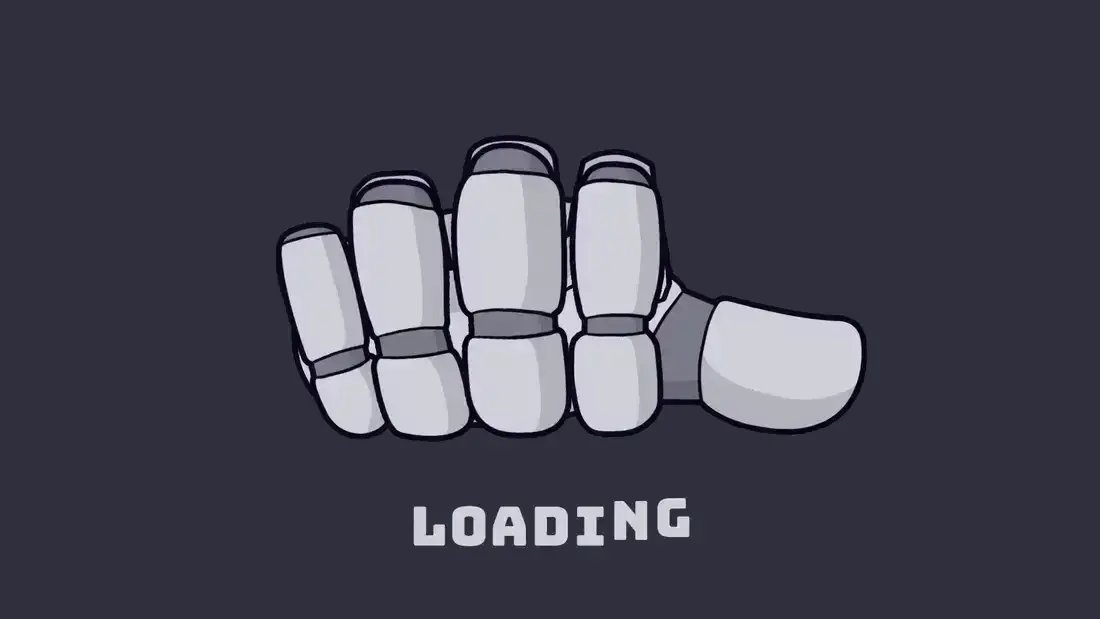▼ Most saved
Rinoscreen
Free mode
100% free
Freemium
Free Trial
Other tools
-
2579382Released 11mo ago100% Free
-
2086670Released 28d ago100% Free
 Andrei🛠️ 40 tools 🙏 3,796 karmaOct 7, 2025Love it! Keep it up
Andrei🛠️ 40 tools 🙏 3,796 karmaOct 7, 2025Love it! Keep it up -
3606271Released 1y ago100% Free
-
 Open1815961Released 1y ago100% Free
Open1815961Released 1y ago100% Free - Spotlight: Jason AI (Sales)
-
2414453Released 9mo ago100% Free
-
1613533Released 1y ago100% Free
-
2273443Released 1y ago100% Free
-
 Open1012528Released 11mo ago100% Free
Open1012528Released 11mo ago100% Free -
1402431Released 1y ago100% Free
-
1682224Released 1y ago100% Free
-
1901521Released 11mo ago100% Free
-
 Open61135Released 8mo ago100% Free
Open61135Released 8mo ago100% Free - Didn't find the AI you were looking for?
-
144118Released 6mo ago100% FreeArtist Tips for Better Results with Somnira Canvas: To help Somnira Canvas render the most compelling and emotionally resonant figures—whether human or animal—users are encouraged to guide the tool with poetic, suggestive phrasing rather than highly technical descriptions. This helps maintain harmony with the platform’s expressive strengths. For human figures, try emotion-based posture phrases like “curled in sorrow,” “reaching toward a fading light,” or “kneeling in wind.” Favor mood-based modifiers over anatomical specifics, such as “a silhouette bathed in dusk” or “a quiet figure in motion blur.” For animals, use mythic or metaphorical phrasing like “a fox made of stars,” “a deer outlined in frost,” or “a lion woven from dusk and gold.” Avoid strict biological realism unless intentionally stylized (e.g., “cubist owl,” “ink-drawn heron”). Best practices include specifying camera perspective or body angle with terms like “3/4 view,” “top-down shot,” or “over-the-shoulder,” and adding atmospheric cues such as “drifting in chalk mist,” “outlined by candlelight,” or “carved in shadow.” You can also add emotion-based tags directly into the prompt—words like “longing,” “grief,” “stillness,” or “wonder” will guide the aesthetic and expressive qualities of the final artwork.
-
18106Released 2mo ago100% Free
-
2166Released 1mo ago100% Free
Post



